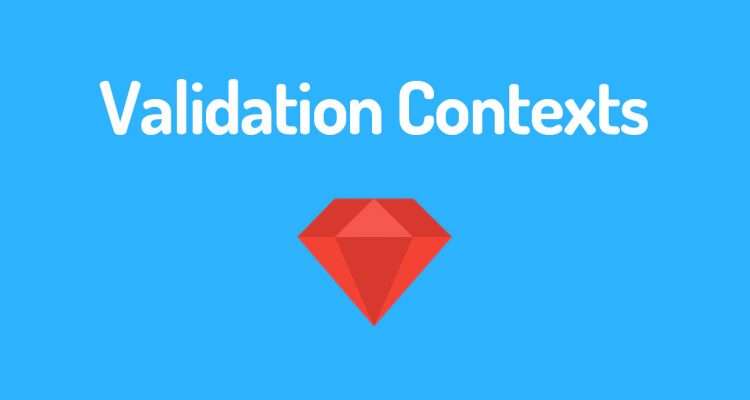A Production-Ready Rails 5 Email Workflow with Mailer Previews, Premailer and ActiveJob
Since the introduction of Mailer Previews and ActiveJob in Rails 4.1, the framework has truly set itself apart from others in the comprehensiveness and comfort of its workflow around emails. The framework’s creator, DHH, has espoused a perspective that mailers are views, and accordingly Rails now gives us an email workflow that is nearly identical to that around ordinary controllers and views.
I will walk through my complete email stack and workflow, which I have used very effectively across several production apps.











